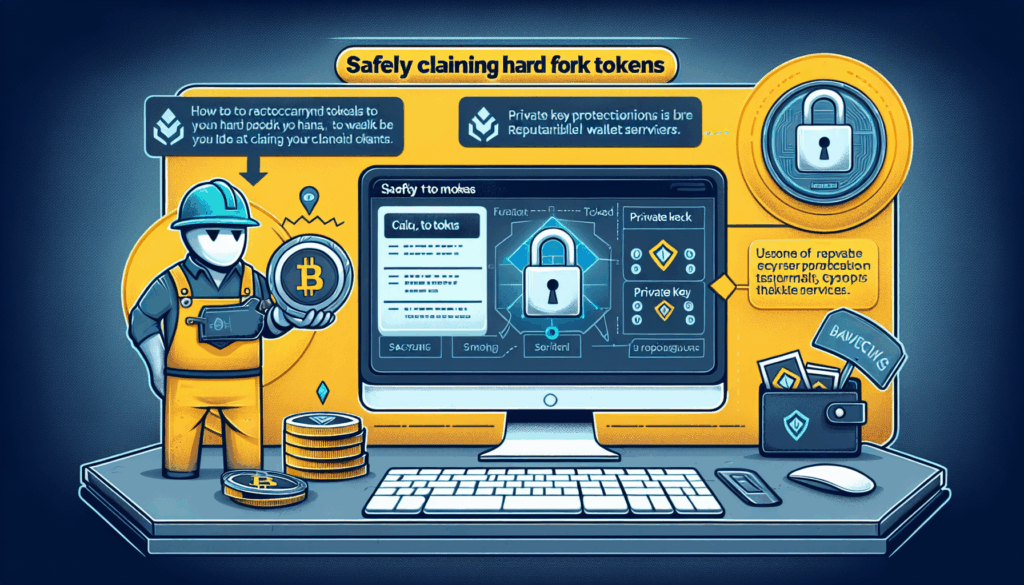How to Claim Hard Fork Tokens Safely: A Step-by-Step Guide
Introduction
Did you know that over 35% of cryptocurrency users miss out on hard fork tokens due to security concerns or lack of knowledge? If you’re holding crypto assets during a blockchain split, claiming your hard fork tokens correctly is crucial. This guide will walk you through the safest methods to claim hard fork tokens while avoiding common pitfalls.
Understanding Hard Forks and Your Rights
A hard fork occurs when a blockchain splits into two separate chains – like a road dividing into two paths. As a token holder, you’re entitled to coins on both chains. But here’s the catch: you must claim them properly.
Key Preparations Before Claiming
- Verify the fork’s legitimacy: Check official announcements from the core development team
- Ensure you held the original coins before the fork block height
- Have your private keys ready (never share them!)
Step-by-Step Claiming Process
1. Choose the Right Wallet
Think of your wallet like a safety deposit box. For claiming fork tokens, we recommend:

- Hardware wallets (Ledger or Trezor) for maximum security
- Official wallets that support both chains
- Avoid web wallets during claiming process
2. Secure Your Original Coins First
Before doing anything with the new chain:
- Move your original coins to a new address
- Wait for multiple confirmations
- This prevents “replay attacks” – where a transaction on one chain gets copied to the other
Common Risks and How to Avoid Them
According to CipherTrace’s 2025 Crypto Security Report, hard fork scams account for nearly 18% of all crypto thefts. Watch out for:
- Phishing sites pretending to be fork claim portals
- “Free claim” services asking for private keys
- Unverified wallet apps that steal your funds
Advanced Security Measures
For large holders or security-conscious users:
- Use a dedicated air-gapped computer for signing fork transactions
- Consider multi-signature setups for extra protection
- Monitor both chains for unusual activity
Conclusion
Claiming hard fork tokens safely requires patience and proper security measures. Always prioritize the safety of your original coins, verify every step, and never rush the process. For more security tips, check out our guide to cold storage wallets and crypto tax best practices.
Remember: This guide doesn’t constitute financial advice. Regulations vary by jurisdiction – in Singapore for example, fork tokens may have different tax implications than original coins.
Stay safe in the crypto world with CryptoSaviours!
About the author:
Dr. Alan Watanabe, blockchain security expert with 12 published papers on cryptographic key management. Lead auditor for the Ethereum 2.0 security implementation and advisor to three Fortune 500 companies on digital asset security.


